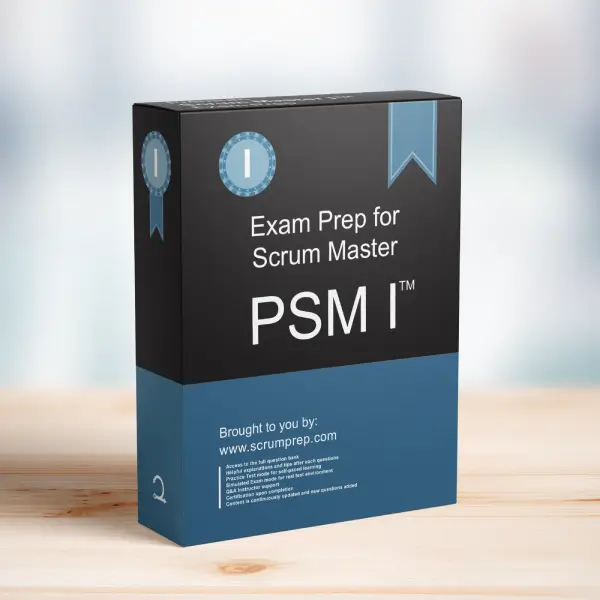Understanding the Transparency of Valuable Increments in Scrum
In Scrum, the concept of delivering a valuable and useful Increment is critical to maintaining transparency and ensuring the product evolves with stakeholder needs. This topic is essential for understanding Scrum principles and is often included in the PSM I exam.
Exam Question
For the purpose of transparency, when does Scrum say a valuable and useful Increment must be available? (choose the best answer)
- A. Before the Release Sprint.
- B. After the Acceptance Testing phase.
- C. At the end of every Sprint.
- D. Every 3 Sprints.
- E. When the Product Owner asks to create one.
Correct Answer
C. At the end of every Sprint.
Explanation
Why C is Correct
C. At the end of every Sprint: According to the Scrum Guide, a “Done” Increment must be available at the end of each Sprint. This Increment must be in a usable condition, meeting the Definition of Done. This ensures that the Scrum Team delivers a potentially shippable product Increment regularly, allowing for continuous feedback and adaptation. Having a usable Increment at the end of each Sprint supports transparency, as stakeholders can inspect the progress and provide feedback based on a working product.
Key Points
- Increment: A “Done” Increment is required at the end of each Sprint, which is potentially shippable and meets the Definition of Done.
- Transparency: Regularly delivering usable Increments enhances transparency, enabling stakeholders to see the progress and provide timely feedback.
- Adaptation: Frequent delivery allows the Scrum Team to adapt the product based on stakeholder feedback, ensuring that it continues to deliver value.
The Importance of Transparency in Scrum
Transparency is one of the three pillars of Scrum, along with inspection and adaptation. Transparency ensures that all aspects of the process are visible to those responsible for the outcome. This visibility is crucial for making informed decisions about the product and the process. By delivering a potentially shippable Increment at the end of each Sprint, the Scrum Team upholds transparency, allowing stakeholders to inspect the product and provide valuable feedback.
Role of the Product Owner
The Product Owner plays a crucial role in ensuring that the Increment delivered at the end of each Sprint maximizes value. The Product Owner is accountable for ordering and refining the Product Backlog to ensure that the most valuable items are worked on first. This prioritization helps the Scrum Team focus on delivering high-value features that meet stakeholder needs.
Role of the Scrum Master
The Scrum Master facilitates the Sprint Planning event and ensures that the Scrum Team collaborates effectively to define a clear and achievable Sprint Goal. The Scrum Master also ensures that all Scrum events, including the Sprint Review, are conducted productively and within the timebox. During the Sprint Review, stakeholders inspect the Increment and provide feedback, which helps the Scrum Team improve and adapt.
Role of the Developers
The Developers are responsible for creating the Sprint Goal and the Sprint Backlog, ensuring that all work aligns with the Sprint Goal. They work collaboratively to deliver a potentially shippable Increment at the end of each Sprint. By adhering to the Definition of Done, the Developers ensure that the Increment is of high quality and ready for release.
Relevance to the PSM I Exam
Understanding the requirement for delivering a valuable and useful Increment at the end of each Sprint is crucial for the PSM I exam. It emphasizes the importance of regular delivery, transparency, and stakeholder engagement in Scrum. This knowledge helps candidates grasp the principles of Scrum and apply them effectively in real-world scenarios.
Conclusion
In summary, Scrum mandates that a valuable and useful Increment must be available at the end of every Sprint. This practice ensures transparency, allows for continuous stakeholder feedback, and enables the Scrum Team to adapt and improve the product incrementally. By regularly delivering Increments, the Scrum Team maintains transparency and maximizes the value delivered to stakeholders.
For comprehensive preparation and practice exams, check out PSM I Exam Prep to enhance your understanding and application of Scrum principles.




